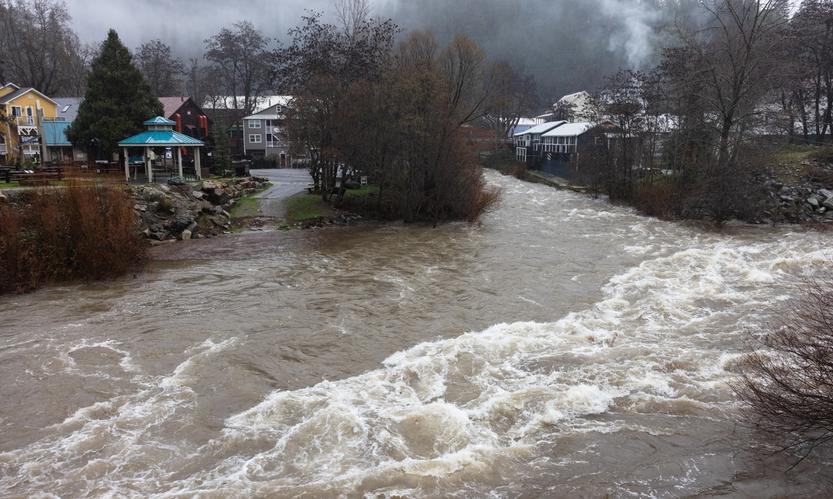United Nations’ 2025 International Year of…
This week I continue with the special International Years, as designated by the United Nations.
International Year of Glaciers’ Preservation. Resolution 77/158, adopted on December 14, 2022, states in part, “Noting that glaciers are a critical component of the hydrological cycle and that the current accelerated melting and retreat of glaciers have severe impacts on the climate, the environment, the maintenance of human well-being and health and sustainable development…Noting with concern the findings contained in the special reports of the Intergovernmental Panel on Climate Change entitled “Global Warming of 1.5°C” and “The Ocean and Cryosphere in a Changing Climate”….Reaffirming the Paris Agreement and its early entry into force, encouraging all the parties to the Agreement to fully implement the Agreement, and parties to the United Nations Framework Convention on Climate Change that have not yet done so to deposit their instruments of ratification, acceptance, approval or accession, where appropriate, as soon as possible….Taking into account the links between the water and climate agendas, and the opportunity to promote them…by building on actions on water adaptation and resilience and fostering early warning systems providing accessible, timely, reliable, disaggregated and fit-for-purpose data and monitoring, as well as providing support in relation to capacity-building and training, especially in developing countries….Recognizing that, in many high mountain areas, glacier retreat and permafrost thaw are projected to further decrease the stability of slopes, and that the incidences of floods owing to glacier lake outburst or rain-on-snow, landslides and snow avalanches are projected to increase and occur in new locations or different seasons….Noting that, over the past decades, global warming has led to widespread shrinking of the cryosphere, with mass loss from ice sheets and glaciers and reductions in snow cover, which have decreased the stability of high mountain areas and changed the amount and seasonality of run-off and water resources in snow- dominated and glacier-fed river basins, as well as contributed to localized declines in agricultural yields in some high mountain regions, water scarcity, including reduced downstream water availability, and increased global mean sea level….Noting also that continuous global temperature rise may result in irreversible impacts on certain ecosystems with low resilience, such as polar, mountain and coastal delta ecosystems, impacted by ice sheet, glacier and snow cover melt and by accelerating and higher committed sea level rise….Stressing the urgent need to raise awareness of and to promote and facilitate actions and sustainable measures towards preserving glaciers, including through transboundary cooperation, as appropriate, as well as its integrated management at all levels….[The United Nations] Decides to declare 2025 the International Year of Glaciers’ Preservation and to proclaim 21 March of each year the World Day for Glaciers, to be observed starting in 2025….Invites all Member States, organizations of the United Nations system, other international and regional organizations and civil society, including non-governmental organizations, individuals and other relevant stakeholders, to observe the International Year and the World Day, as appropriate, at all levels through activities aimed at raising awareness of the importance of glaciers, snow and ice in the climate system and the hydrological cycle, and the economic, social and environmental impacts of the impending changes in the Earth’s cryosphere, and to share best practices and knowledge in this regard….Welcomes the generous offer of the Government of Tajikistan to convene an international conference dedicated to glaciers’ preservation in Tajikistan in 2025 and to assume the costs of the conference….”
Cryosphere
There is a word used several times in the above resolution that may not be familiar to all of us.According to the World Meteorological Organization, “Cryosphere includes the components of the Earth System at and below the land and ocean surface that are frozen, including snow cover, glaciers, ice sheets, ice shelves, icebergs, sea ice, lake ice, river ice, permafrost, and seasonally frozen ground, and solid precipitation”.
Library@Nite
This coming Monday night, February 10, is the monthly Library@Nite at the Downieville Library. The library will be open from 6:00 to 8:00 PM, with all the normal opportunities on offer. See you there and then.
Featured Articles

Storms Bring Heavy Rainfall and Local Disruptions →
December 22, 2025
Sierra County faces power outages and water issues amid heavy rainfall and storm warnings.
215 Animals Seized for Cruelty from Grass Valley Property →
December 22, 2025
Human Remains Found Near South Yuba Bridge in March Identified →
December 17, 2025
Transfer Station Burn Suspended After Community Concerns →
December 16, 2025
Sierra Hardware Plans Extensive Repairs After Flood Damage →
December 8, 2025